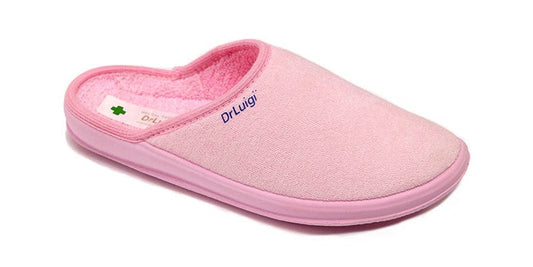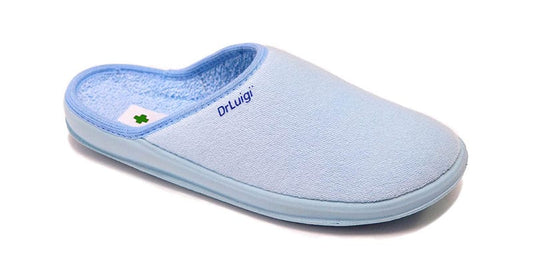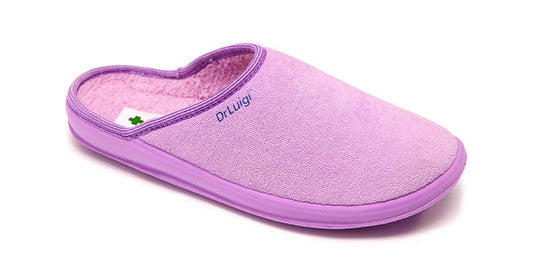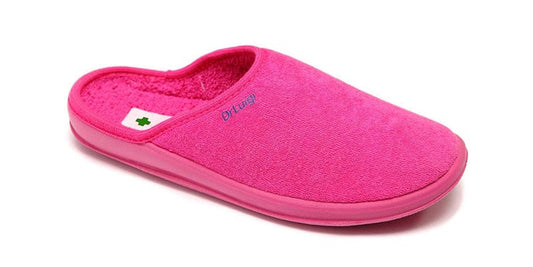Blisters on the feet can be uncomfortable and hinder physical activities like jogging or hiking. Understanding the causes, symptoms, and methods of prevention and treatment can help manage and prevent blisters effectively.
Causes of Blisters: Blisters form due to friction or burns that damage the skin's outer layers, allowing fluid to accumulate between the skin layers. Common causes include:
- Wearing tight shoes that create friction on the foot
- Engaging in activities like running or hiking that exert pressure on the foot
- Having skin conditions like eczema or chickenpox
- Sustaining wounds or burns that damage the skin
Symptoms of Blisters: Symptoms associated with blisters may include:
- Painful, elevated area of skin filled with clear fluid
- Red, inflamed skin surrounding the blister
- Swelling or tenderness in the affected area
Prevention: Preventing blisters involves taking measures to reduce friction and pressure on the feet:
- Wear appropriate footwear that fits well and provides adequate support, ensuring comfort and minimizing friction.
- Use moisture-wicking synthetic socks to reduce friction and moisture buildup.
- Gradually break in new shoes to allow the feet to adjust without causing discomfort.
- Utilize blister-preventing products such as moleskin, blister pads, or blister-resistant bandages to protect vulnerable areas.
Treatment: If a blister develops, proper treatment can help alleviate discomfort and prevent infection:
- Clean the blister and surrounding area with soap and water or an antiseptic solution.
- Drain large or painful blisters by making a small hole with a sterile needle or scalpel, then gently squeezing out the fluid. Apply an antibiotic ointment and cover the blister with a sterile bandage.
- Manage pain and swelling with over-the-counter pain relievers like ibuprofen or acetaminophen.
- Avoid popping blisters unless necessary, as intact blisters provide a natural barrier against infection.
By understanding the causes and symptoms of blisters and implementing preventive measures, individuals can reduce the likelihood of developing blisters on their feet. Additionally, prompt and appropriate treatment can help alleviate discomfort and prevent complications associated with blisters.





